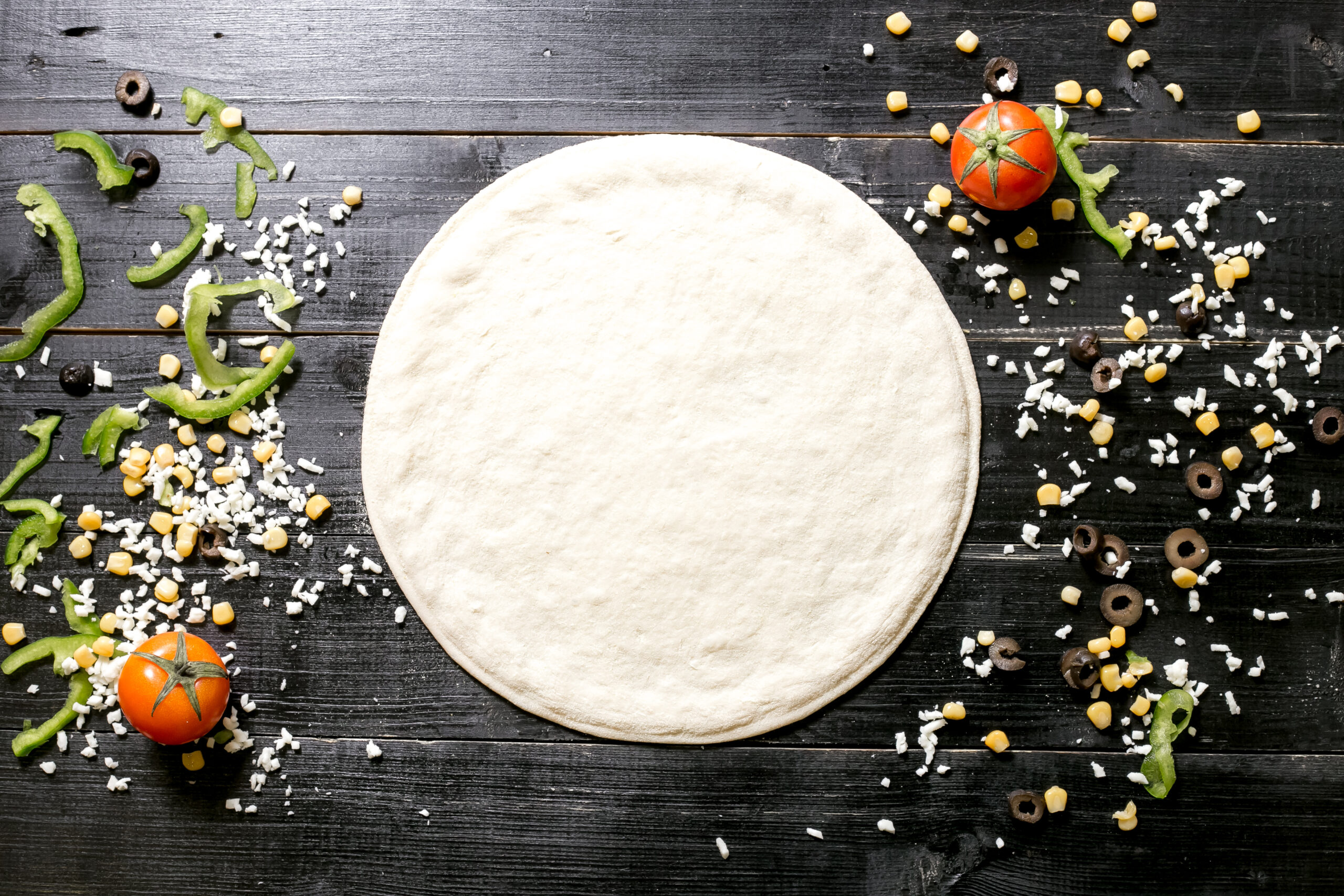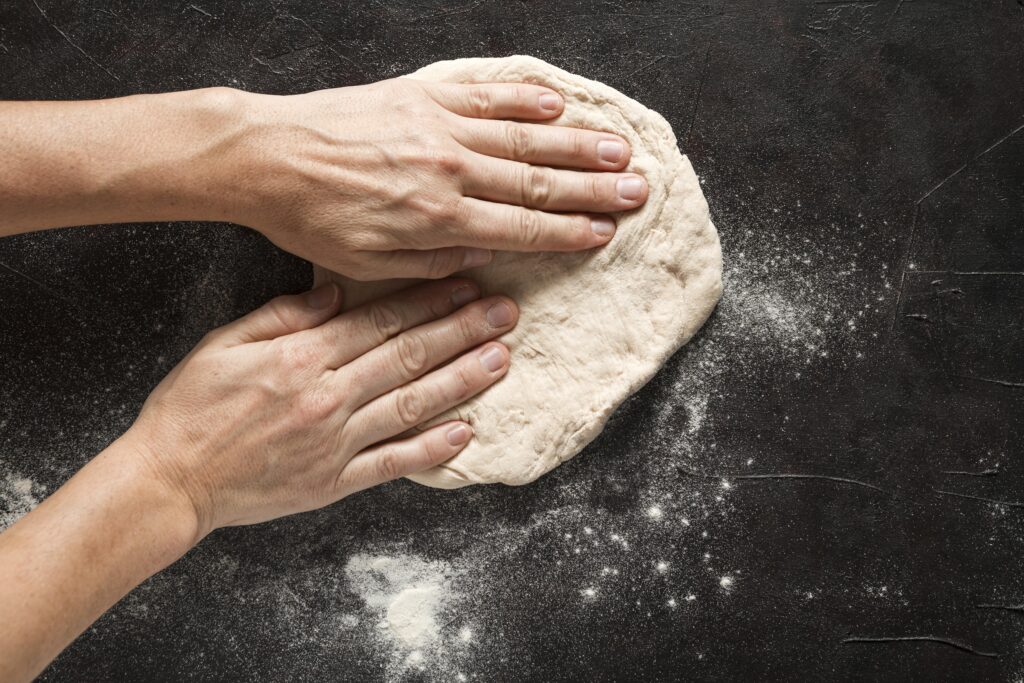50 Best Hinge Prompts for Guys


Creating the perfect pizza dough at home is a rewarding experience that transforms your kitchen into a pizzeria. Understanding the nuances of pizza dough preparation can elevate your homemade pizzas to new heights, offering a delightful blend of crispiness and chewiness. This guide will walk you through essential techniques, ingredient choices, and practical tips to help you craft pizza dough that rivals your favorite pizzeria.
Mastering the art of pizza dough involves a few key techniques that ensure a consistent and delicious result. The foundation of great pizza starts with understanding the dough-making process.
Proper mixing ensures that the flour absorbs water evenly, leading to a well-hydrated dough. Start by combining water, yeast, and a small amount of flour. Gradually incorporate the remaining flour until a shaggy dough forms. This method promotes gluten development, crucial for dough elasticity.
Allowing the dough to ferment is essential for flavor development. A slow, cold fermentation in the refrigerator overnight enhances taste and texture. Proofing at room temperature before baking ensures the dough is relaxed and ready to stretch.
Each ingredient in pizza dough plays a specific role in the final product. Understanding these roles helps in achieving the desired texture and flavor.
Yeast is responsible for dough rise, creating bubbles that give the crust its airy structure. Instant yeast is convenient for quick recipes, while active dry yeast requires activation in warm water.
Salt not only enhances flavor but also strengthens gluten structure. However, too much salt can inhibit yeast activity, so balance is key.
The amount of water affects dough hydration, influencing texture. A higher hydration level yields a lighter crust, while less water results in a denser dough.
Flour choice significantly impacts the texture of your pizza crust. Both all-purpose and bread flour have their advantages, depending on the desired outcome.
All-purpose flour is versatile and widely available, offering a balanced texture with moderate chewiness. It’s ideal for home cooks seeking a straightforward approach.
Bread flour contains higher protein content, leading to increased gluten development. This results in a chewier crust with a more pronounced structure, preferred by many pizza enthusiasts.

Follow this detailed method to create a fail-proof pizza dough that will serve as the perfect base for your favorite toppings.
For a whole wheat version, substitute up to half of the bread flour with whole wheat flour. For a gluten-free option, use a gluten-free flour blend and add 1 teaspoon of xanthan gum.
For those seeking healthier or dietary-specific options, whole wheat and gluten-free pizza doughs are excellent alternatives.
Follow the same method as the basic dough, allowing for a slightly longer rise time due to the denser flour.
Mix ingredients until a sticky dough forms, then let rise in a warm place for 1 hour before shaping.
A few strategic tips can make all the difference in achieving the perfect pizza crust, enhancing both texture and flavor.
Ensure your oven is preheated to the highest possible temperature. This mimics the intense heat of a professional pizza oven, crucial for a crispy crust.
A pizza stone absorbs moisture and provides even heat distribution, resulting in a perfectly baked crust. Preheat the stone in the oven for at least 30 minutes before baking.
Gently stretch the dough using your hands rather than a rolling pin. This preserves the air pockets formed during fermentation, contributing to a light and airy crust.
Kneading is a critical step in pizza dough preparation, as it develops gluten structure and ensures a uniform texture.
Push the dough away from you with the heel of your hand, fold it over, and rotate. Repeat for 8-10 minutes until smooth and elastic.
If using a stand mixer, attach the dough hook and knead on low speed for 8 minutes. The dough should pull away from the sides but stick to the bottom.
Using ingredients at room temperature ensures that the yeast activates optimally and the dough rises evenly.
Water should be warm, around 110°F, to activate the yeast without killing it. Cold water slows yeast activity, while hot water can kill it.
Allow flour and other ingredients to come to room temperature before mixing. This aids in consistent dough texture and rise.
A pizza stone is an excellent tool for achieving a crispy crust, simulating the effects of a traditional wood-fired oven.
Place the stone in a cold oven and preheat to the highest temperature for at least 30 minutes. This ensures even heat distribution.
Use a pizza peel dusted with cornmeal or flour to transfer the dough to the stone. This prevents sticking and allows for easy sliding.
Avoiding common pitfalls can significantly improve your pizza-making experience. Here are some mistakes and how to fix them.
Over-kneading can lead to a tough crust. Stop kneading once the dough is smooth and elastic.
Skipping the resting period can make the dough difficult to stretch. Allow the dough to rest as directed for best results.
Excess flour can result in a dry dough. Use only enough flour to prevent sticking during kneading and shaping.
Proper storage extends the life of your pizza dough, allowing for spontaneous pizza nights.
Place the dough in an oiled container and cover tightly. It can be refrigerated for up to 3 days, gaining flavor over time.
After the initial rise, divide and shape the dough into balls. Wrap each ball in plastic wrap and place in a freezer bag. Dough can be frozen for up to 3 months.
Thaw dough in the refrigerator overnight. Bring to room temperature before stretching and baking.
Enhance your pizza experience with flavored doughs that add a unique twist to traditional recipes.
Add 1 tablespoon each of dried oregano and basil to the flour for an aromatic crust that pairs well with classic toppings.
Incorporate 2 tablespoons of grated Parmesan and 1 teaspoon of garlic powder into the dough for a savory flavor boost.
Complement your homemade pizza with sides and drinks that enhance the overall dining experience.
A crisp Caesar salad with romaine lettuce, croutons, and Parmesan complements the rich flavors of pizza.
Pair your pizza with a chilled glass of Italian wine or a craft beer for a refreshing contrast to the warm, cheesy pizza.
By mastering these techniques and understanding the science behind each step, you can create pizza dough that impresses both family and friends. Experiment with variations and enjoy the satisfaction of crafting pizza from scratch.